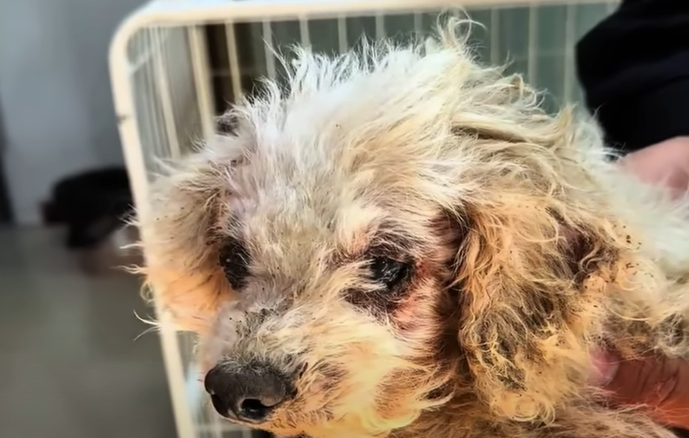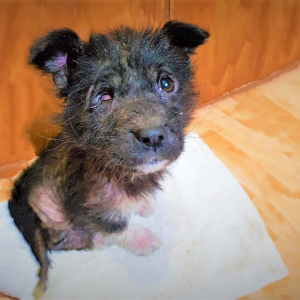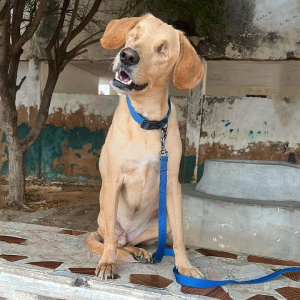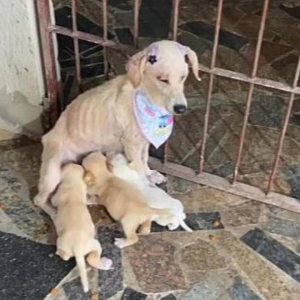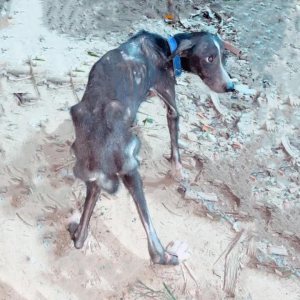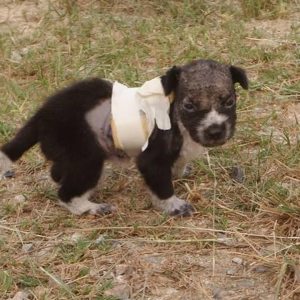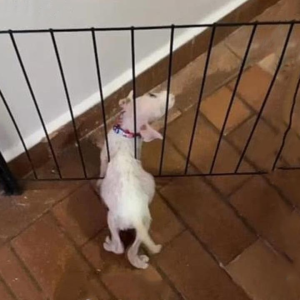
One fateful afternoon, I spotted a dog lying motionless on the ground, surrounded by flies. The scene was heart-wrenching, and as I approached, I noticed that the dog’s chest was rising and falling weakly. Despite the desperate state it was in, the dog was still breathing. But its eyes—those eyes—were filled with maggots, a shocking sight that made my heart sink. The dog looked like it had been abandoned and forgotten by the world.
I turned to the owner, who seemed oddly resigned. He acknowledged that the dog was blind and sick but claimed that the dog’s condition was the result of long-term malnutrition. His words carried a sense of acceptance, almost as if he had given up on the possibility of recovery. However, when I asked if he was willing to get medical help, the answer was a painful no. He cited financial constraints, shrugging it off as though the dog’s suffering was just part of life.
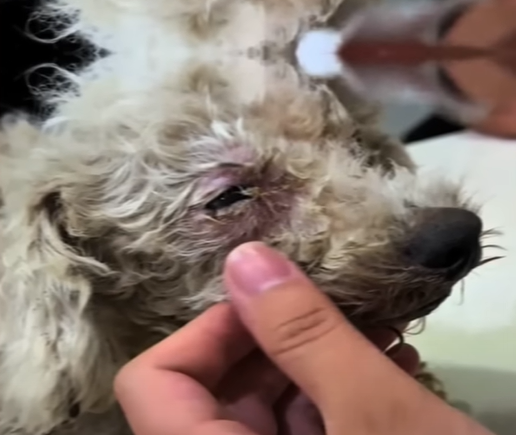
I stood there, torn. The dog’s condition was dire, and it seemed like the owner couldn’t care less. The thought of leaving the dog to suffer in silence haunted me, but I couldn’t walk away. I couldn’t let this animal die without trying to help. After some persistence and a promise to handle the costs, I convinced the owner to allow me to take the dog for treatment.
The journey to recovery began immediately. The vet’s office confirmed the extent of the injuries: severe malnutrition, eye infections, and skin damage, in addition to blindness. We started with urgent treatment, including medication, eye cleaning, and proper nutrition. The first few days were the hardest. The dog, weak and frightened, resisted at first, but slowly, it began to show signs of life. The maggots in its eyes were cleared, and it started to eat more. However, it was clear that the road to recovery would be long and filled with challenges.
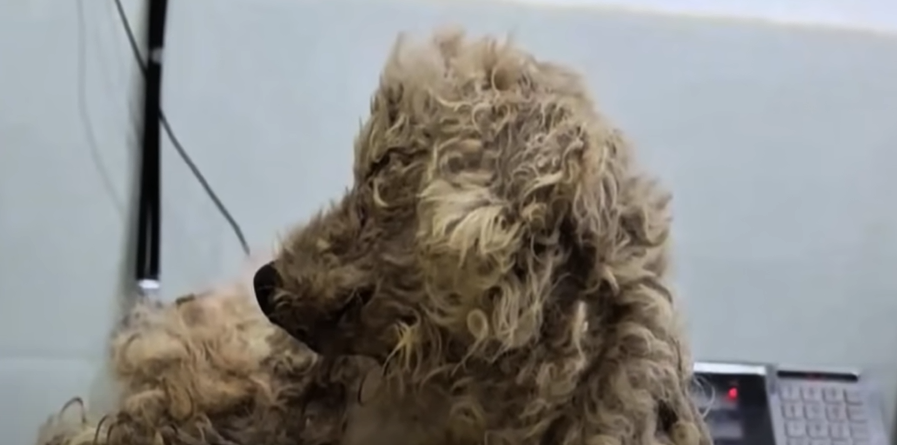
Over the following weeks, we maintained a strict regimen of medication, care, and regular check-ups. Little by little, the dog regained strength. It started to gain weight, and the glimmer of hope that seemed so distant began to shine. The dog’s eyes, though still blind, started to show a renewed energy, a sense of trust in those caring for it.
Finally, the day came when the vet confirmed that the dog had made significant progress. The dog was not out of the woods, but it had made enough of a recovery to offer hope for a full restoration of health. I couldn’t help but feel a deep sense of satisfaction and gratitude. The dog’s life had been saved, not only by medical intervention but also by a relentless determination to give it a second chance at life.
